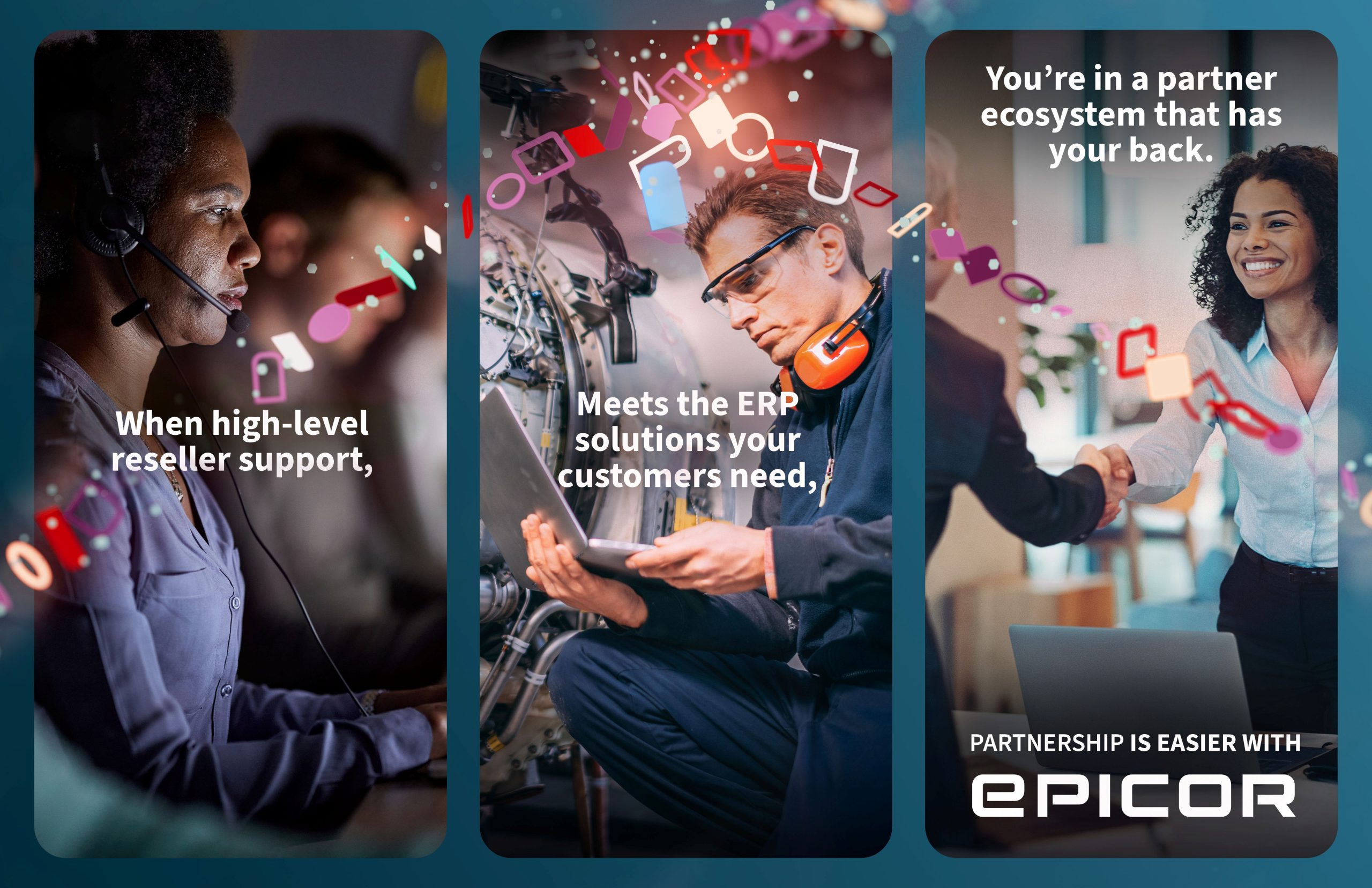Mercedes-AMG is the performance division of Mercedes-Benz and its distinctively sporty vehicles have been lending the Mercedes-Benz brand a young, fresh image for many years now. Mercedes-AMG’s IT organization is tasked with supporting the division’s core business.
 When a bright red racing car powered through to win its class at the Total 24 Hours of Spa endurance race in Belgium in 1971, the experts were taken completely by surprise. Two as yet unknown drivers, Hans Heyer and Clemens Schickentanz, steered their 6.8-liter AMG 300 SEL to victory over a host of big-name competitors including Niki Lauda, Hans-Joachim Stuck, and Jochen Mass. What had started life as a second-hand dark blue luxury 6.3-liter sedan had been transformed by engineers Hans-Werner Aufrecht and Erhard Melcher into a crimson racing machine that left no one at Spa in any doubt about what the letters “AMG” stood for: namely, “performance.”
When a bright red racing car powered through to win its class at the Total 24 Hours of Spa endurance race in Belgium in 1971, the experts were taken completely by surprise. Two as yet unknown drivers, Hans Heyer and Clemens Schickentanz, steered their 6.8-liter AMG 300 SEL to victory over a host of big-name competitors including Niki Lauda, Hans-Joachim Stuck, and Jochen Mass. What had started life as a second-hand dark blue luxury 6.3-liter sedan had been transformed by engineers Hans-Werner Aufrecht and Erhard Melcher into a crimson racing machine that left no one at Spa in any doubt about what the letters “AMG” stood for: namely, “performance.”
Mercedes-AMG Strategy: Concentrate on Core Business
AMG employs 1,400 people and is headquartered in Affalterbach Germany, near Stuttgart. The company has always focused on performance. And as the figures reported by the Daimler AG subsidiary show, this approach is still right on the money.
In 2015, the company sold a total of 68,000 vehicles, ranging from the GT — developed independently by AMG — to high-powered, performance versions of regular Mercedes-Benz cars.
“Our core business is development and sales,” said Mercedes-AMG’s CIO, Reinhard Breyer, speaking at the recent SAP Automotive Forum in Stuttgart. And the south Germany-based engineers are integrated in Mercedes-Benz’s development processes at an early stage.
This is vital because, as Dirk Zeller, head of IT consulting at Mercedes-AMG, explains, “AMG has special requirements on the performance side, particularly as regards the chassis, cooling system, driving dynamics, interior equipment and design, and the powertrain – the transmission and the engine itself.”
Route 601: An End to Complexity in Development
The priority for Mercedes-AMG’s IT department is to provide optimum support for the company’s core business. For IT consultant Dirk Zeller, the “Route 601” planning tool is an excellent example of how it does just that.
The number “601” is a nod to the traditional Mercedes-Benz chassis designations. Route 601, which was designed as a platform, optimizes the vehicle development process. “From design and development through purchasing, quality assurance, logistics, and production to marketing and sales, it takes about three years to get a new vehicle from the drawing board to the road,” Zeller explains.
A joint design thinking process conducted with SAP gave rise to the idea of dividing product development between several separate interdisciplinary teams. This means, for example, that a team specializing in cooling systems has end-to-end responsibility for this component in all vehicles – from design and development through purchasing and quality to logistics and production. Route 601 collects data from each team to ensure that there is always a consolidated view of the status of ongoing projects.
Mercedes-AMG: SAP HANA Proof of Concept for Daimler IT
Ultimately, Dirk Zeller wants to provide those responsible at all levels of the hierarchy with tools that allow them to make decisions faster and more efficiently. The fact that the SAP HANA platform is playing a key role in achieving this objective is thanks to an initiative by Daimler AG’s IT organization, which was very interested in SAP HANA and was on the lookout for a proof of concept.
“Our process-based structure and the fact that, as an OEM, we cover the entire automotive development process chain made AMG the ideal candidate,” says Zeller, “albeit on a smaller scale than our parent company.” Mercedes-AMG has been running SAP ERP powered by SAP HANA since 2014, and one of its engine test benches is already profiting from SAP’s in-memory platform.
SAP S/4HANA: Pre-Checks Complete
“We’ve conducted a custom code check in SAP ERP powered by SAP HANA, which is also good preparation for SAP S/4HANA,” comments Zeller, who has just completed a pre-check for SAP S/4HANA focusing on finance, procurement, and logistics. Although the pre-check was successful for the finance processes, the overall verdict was to hold back initially.
“It’s important to remember that this is not just about making the technical migration to SAP S/4HANA; it’s about readying our fundamental and critical functions for the digital transformation,” is how Zeller explains the strategy for his “IT core business”, namely logistics, procurement, and finance.
“The pre-check showed us that we need to wait for the next release of SAP S/4HANA,” says Zeller, with specific reference to the logistics functions in the digital core. Zeller expects the next release to contain an “automotive extension” that will make it possible to enter longer material numbers for the first time.
The fundamental decision to adopt SAP S/4HANA was made long ago, and initial designs for new business processes are being mapped. “That also means retiring custom code,” explains Zeller, who predicts that his company will go live with SAP S/4HANA at the beginning of 2018.
HR and Travel: Commodity IT in the Cloud
When Mercedes-AMG CIO Breyer speaks of “commodities,” he is referring, among others, to processes in HR and travel expense accounting. His company’s approach here is consciously one of laissez-faire. The fact that the corresponding SAP SuccessFactors and Concur solutions are cloud applications suits IT consulting boss Zeller down to the ground.
HR functions like recruiting and talent management will benefit in the course of this year from having functional services, little or no integration effort, no custom extensions, and regular innovations. Although salary payments will continue to be processed in SAP ERP HCM initially and a different solution is in use for time recording, the rollout of the travel expense solution from Concur is slated for this year.
As for the challenges of deploying cloud solutions in the corporate environment, Zeller sees them less in the technical realization itself and more in achieving legal compliance, in drawing up contracts that conform with existing master agreements, and in meeting regional data protection regulations.
What does seem certain, however, is that 2018 will see SAP S/4HANA unleash its own particular brand of power at Mercedes-AMG. And, backed up by the combination of the cloud solutions and SAP HANA Cloud Platform, its performance is likely to more reminiscent of this year’s 24 Hours of Nürburgring race winner ‒ the Mercedes AMG GT3 ‒ than of the legendary crimson racing machine.




